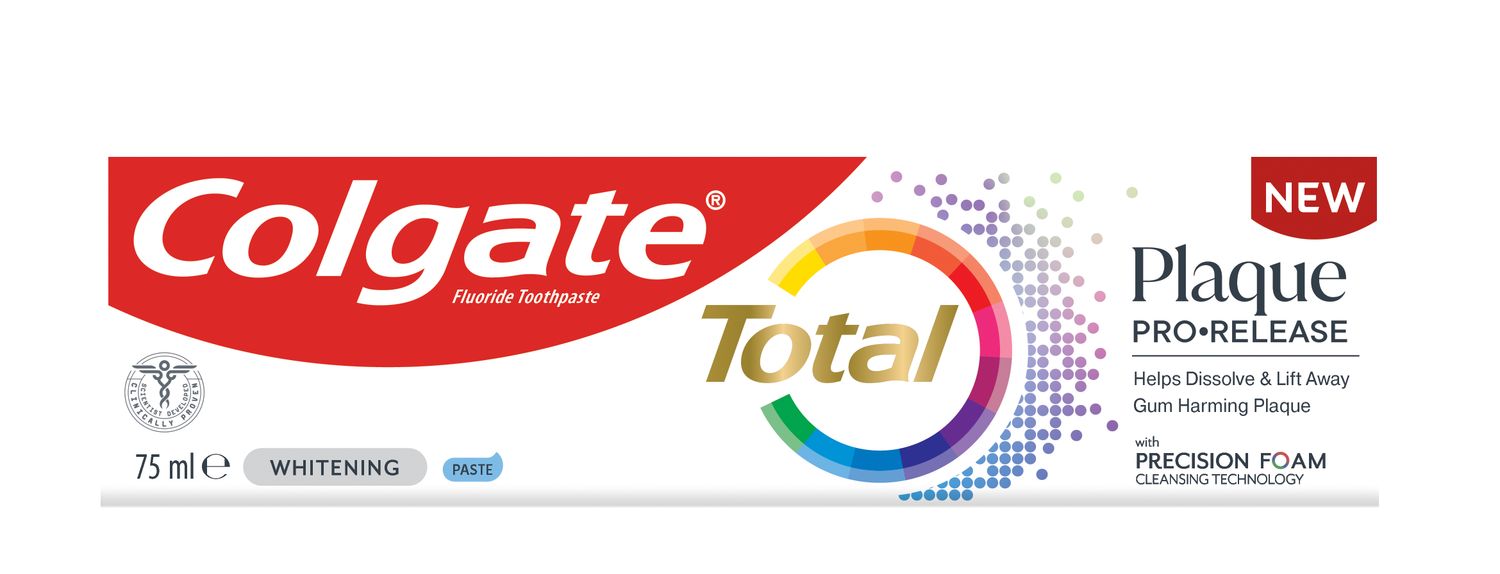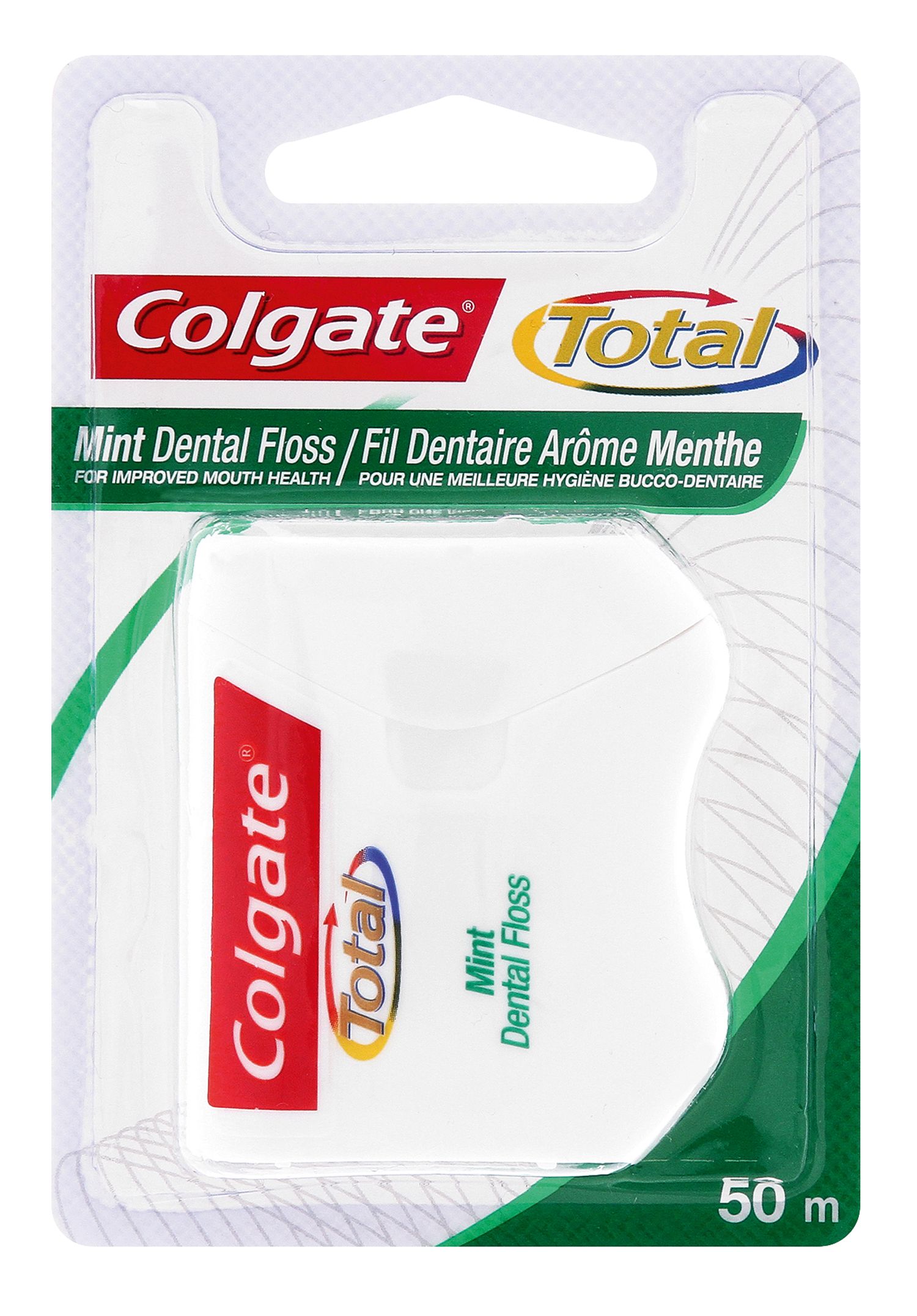-
-

CAVITIES
Can You Heal A Cavity At Home?You feel a sharp pain when you bite down or try to eat. You think it's a cavity, but you're not 100 percent sure...

BAD BREATH
How To Cure Bad BreathMore commonly known as bad breath, halitosis is an embarrassing hygiene issue that nobody wants, but some of us get every now and then...
-
Science & Innovation
- Colgate® | Toothpaste, Toothbrushes & Oral Care Resources
- Oral Health
- What Causes Black Gums?


Healthy gum tissue isn't always pink. Just like skin colour, gum colour varies between different people. Healthy gums range from light to dark brown or even black. Dark patches on gums may also be the result of a variety of factors, such as medication side effects or tobacco use. Black gums aren't necessarily a sign of an oral health issue, but seek out your dentist if you're interested in cosmetic treatments for very dark gums.
Natural Variations in Gum Colour
Melanin, the dark pigment that gives skin its colour, is also found in gum tissue. This pigment naturally darkens the gums. Melanin pigmentation is common among people of African, Asian and Mediterranean ancestry. The variation in colour can be on one or both sides of the mouth, and it can be uniform or in patches. Melanin pigmentation of the gums is normal, and no treatment is required.
Causes of Black Gums
- Dark gums can also be associated with some endocrine diseases. People with Addison's disease may develop dark patches on their mucous membranes, including on gum tissue.
- Some medications can affect the colour of gums. Many medications can have this side effect, including some antimalarials, antipsychotics, cancer therapy drugs, and antibiotics. If you notice darker gums after starting a new medication, talk to your doctor.
- Smoking can cause many side effects inside the mouth, including dark gums. The nicotine in tobacco activates the melanin-producing cells, leading to darker gums. Quitting smoking may help reduce this dark pigmentation.
- Sometimes, black gums can be a sign of something more serious. A black spot on the gums could be a type of oral cancer known as malignant melanoma. If you notice this type of lesion, see your dentist. Oral malignant melanomas are diagnosed with a tissue biopsy.
Treatment Options for Black Gums
Black gums don't always require treatment, but many options are available for people interested in cosmetic solutions. After examining your gums, your dentist can recommend an appropriate treatment for your situation.
- Removing the darkened gum tissue with a scalpel is one of the surgical options available to patients. The initial results for this procedure tend to be good, but they don't always last. That's because melanin-producing cells can sometimes migrate into the treated area, causing more pigmentation.
- Cryosurgery, which involves freezing the affected gum tissue, is another treatment option. The rate of recurrence after cryosurgery is low.
- Free gingival grafting may also be used. This treatment involves harvesting unpigmented tissue from the roof of the mouth and applying it to the gums. This conceals the dark gum tissue instead of eliminating it.
Gums come in many different shades. Black gums are often simply a natural variation and not a medical concern. If you're concerned about the colour of your gums, talk to your dentist.
Related Products

Helping dental professionals
More professionals across the world trust Colgate. Find resources, products, and information to give your patients a healthier future











